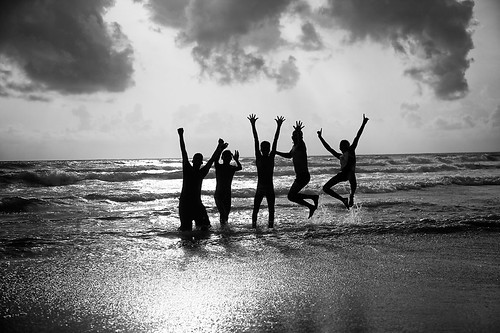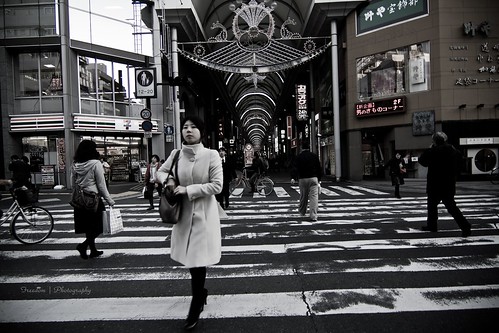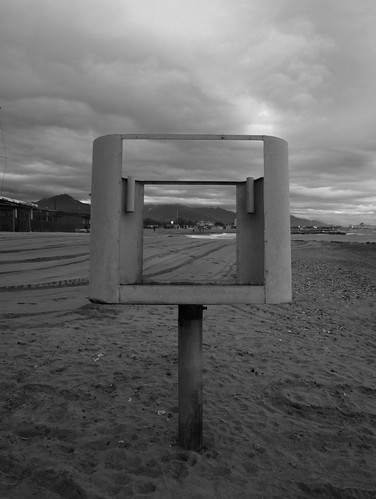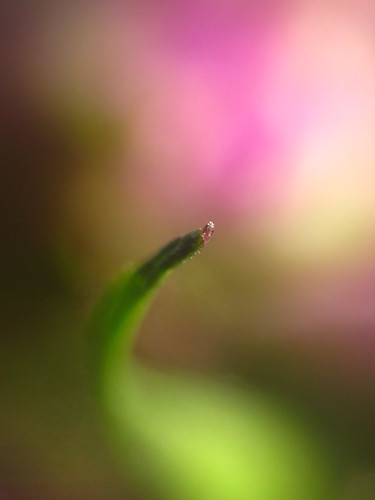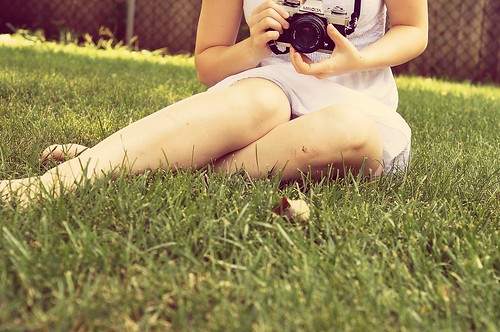Are the photos you’re taking frustrating you and do you think you can improve on them? This article is full of tips that will improve your photography skills and help you take better looking photos.
Don’t dilly-dally when taking your photographs. If you take too long, you’ll never get the perfect shot you envision. Your subject might run away or change position so that the moment you wanted to capture gets lost. So therefore, the faster you are when you are taking your photos, the better off you will be.
Avoid taking pictures under an overcast, cloudy sky if possible. An expanse of gray sky in your images will give them a dull, pallid appearance. Black and white photos can work better if shot on overcast days. Blue skies look magnificent in photographs; however, you will still need to take light into consideration.
If your goal is to take great pictures, don’t skimp on your gear. There are many great cameras on the market, but a DSLR will give you the best results. The best photographers utilize these cameras and so must you.
Try to get close to your subject when shooting. Terribly far away shots prevent the viewer from seeing clear colors and details. Make it easy for yourself and your viewers to see a subject clear and vividly.
A lot of cameras that are digital contain built in flashes that automatically turn on when the lighting is dim. These are great for a quick snapshot, but if you want to take your photos to the next level, consider a professional external flash unit to provide a better range of lighting options. Ensure that there is a “hot shoe”, or port that allows external flash, on top of the camera. Most devices available can sync perfectly with compatible cameras.
In life we are taught that even and centered is the way things should be. In a society that values perfection, it can seem logical to frame your photos with the subject perfectly framed in the center, but you should actually try placing the subject off-center for a more interesting shot. Turn off the auto-focus, which will make the lens zero in on whatever it is pointing at. Use manual focus instead, and lock your focus before snapping the picture.
Play around with alternate approaches to expressions, perspectives and scale. You can make any object look interesting by placing it in an unusual context. Make compositions that make an ordinary object appear unique.
If shooting for a wedding, warm up first by shooting artistic shots with small details in them. For example, such shots could include floral designs, or catching a candid image of someone. Sometimes you will get some fantastic shots that are unexpected.
Use natural lighting. Whenever you take photos outdoors, you should try and shoot either early in the morning or later in the evening. When the sun is at its highest, it can cast unwanted shadows, and your subject could end up squinting due to the strong light. Use the sunlight better by properly positioning yourself where your subject just gets light from the side.
Though people tend to think that white is a desirable color to wear when having their photograph taken, in reality it is one of the worst. Cameras whose automatic features are enabled will often scan all of the shades and tones that appear in the photo. With white clothing, the camera has a hard time adjusting to keep the whites looking good, while preserving detail on peoples’ faces, and photos can turn out looking under or overexposed.
Talent is an important aspect of photography, but so is education. You can learn a lot from the advice and tips in this article, as they are geared towards aspiring photographers.


